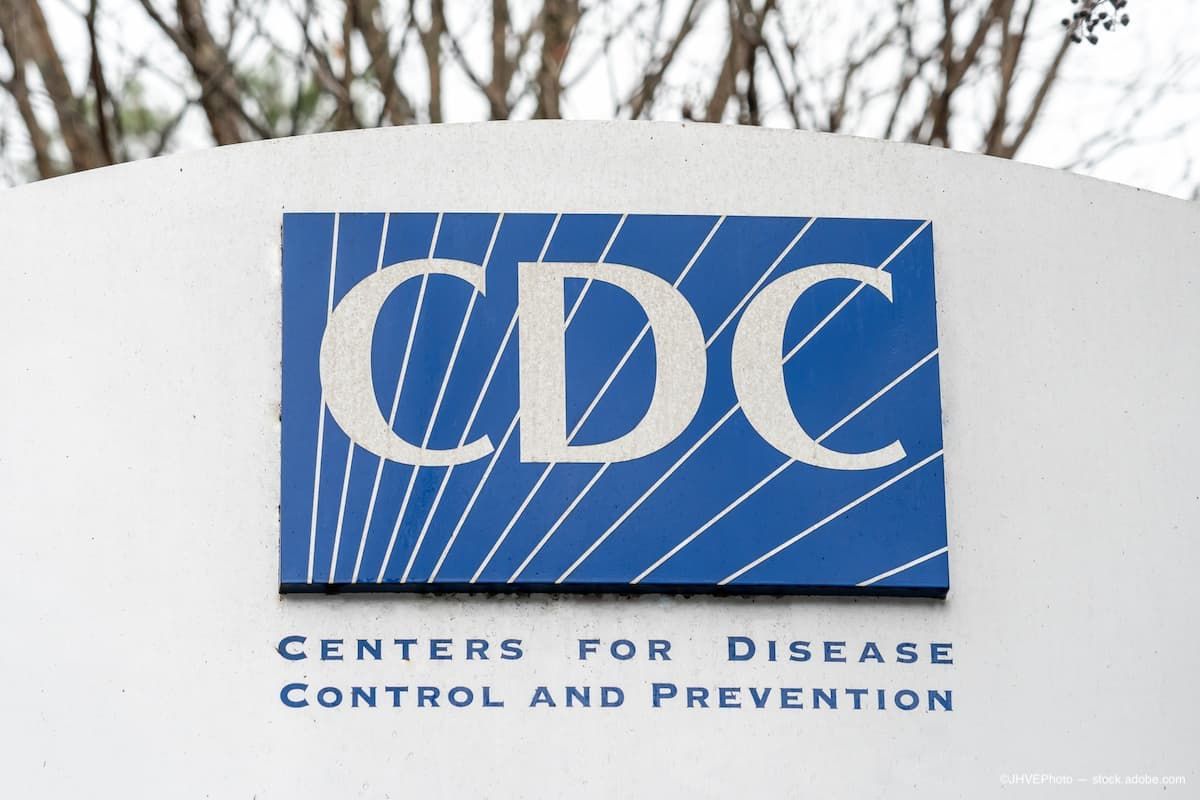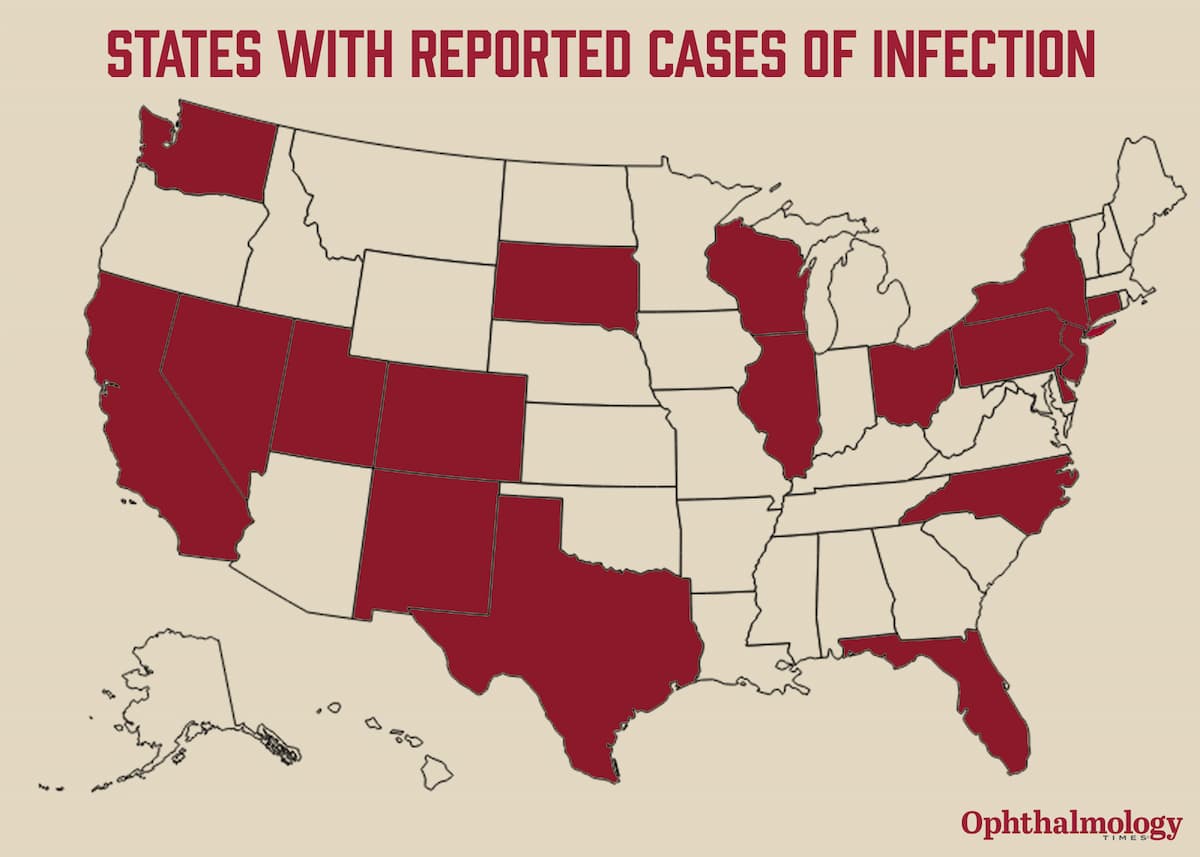Article
Additional death and reports of vision loss attributed to tainted eye drops
Author(s):
In a recent update, the CDC has noted an additional death, bringing the death toll up to 4, with numerous counts of vision loss across the US.
The CDC reports that VIM-GES-CRPA isolates associated with this outbreak have been extensively drug-resistant. (Image Credit: AdobeStock/JHVEPhoto)

In a recent update to the outbreak associated with artificial tears, the Centers for Disease Control and Prevention (CDC) has identified an additional death and multiple additional cases of vision loss.
According to the CDC, 81 patients have now been identified across 18 US states. This is up from the previously reported 68 patients across 16 states.
Of the 13 new patients, 6 had specimens collected prior to the February 2023 recall. According to the CDC, these cases were confirmed after the recall date due to “the time it takes for testing to confirm the outbreak strain and because of retrospective reporting of infections.”
Regarding the 7 patients infected after the recall date, according to the CDC, these patients either resided in long-term care facilities with other known cases or reported use of a recalled brand of artificial tears.
This supports the previous report from the CDC stating the infection shows signs of being transmissible. The CDC recommends placing any patient infected with the VIM-GES-CRPA admitted to acute care settings in isolation and use contact precautions.

The count of reported vision loss is up from 8 to 14 after the recent update. No additional reports of enucleation (surgical removal of the eyeball) have been reported by the CDC.
After the recall, US health inspectors visited the Global Pharma Healthcare facility in India that made EzriCare Artificial Tears and uncovered problems with how the drops were made and tested, including inadequate sterility measures.
According to the CDC, infections are caused by a strain of carbapenem-resistant Pseudomonas aeruginosa that produces the Verona integron-encoded metallo-β-lactamase (VIM) and the Guiana-Extended Spectrum-β-Lactamase (GES). Isolates are Pseudomonas aeruginosa sequence type (ST) 1203 and harbor blaVIM-80and blaGES-9, a combination not previously identified in the United States.
The CDC reports that VIM-GES-CRPA isolates associated with this outbreak have been extensively drug-resistant.
The CDC recommends patients who have used EzriCare or Delsam Pharma’s artificial tears or Delsam Pharma’s artificial eye ointment and who have signs or symptoms of an eye infection should seek medical care immediately.
Signs of eye infection may include:
- Yellow, green, or clear discharge from the eye
- Eye pain or discomfort
- Redness of the eye or eyelid
- Feeling of something in your eye (foreign body sensation)
- Increased sensitivity to light
- Blurry vision
Both the CDC and FDA recommend clinicians and patients stop using EzriCare or Delsam Pharma’s Artificial Tears products pending additional guidance from the organizations.
Newsletter
Don’t miss out—get Ophthalmology Times updates on the latest clinical advancements and expert interviews, straight to your inbox.




